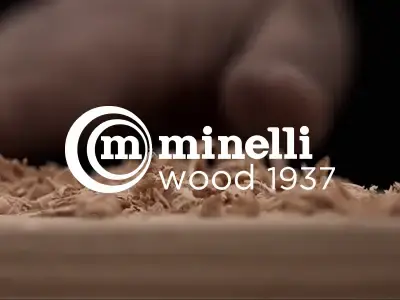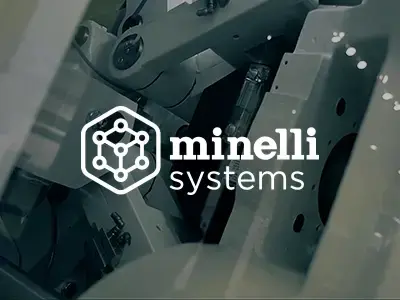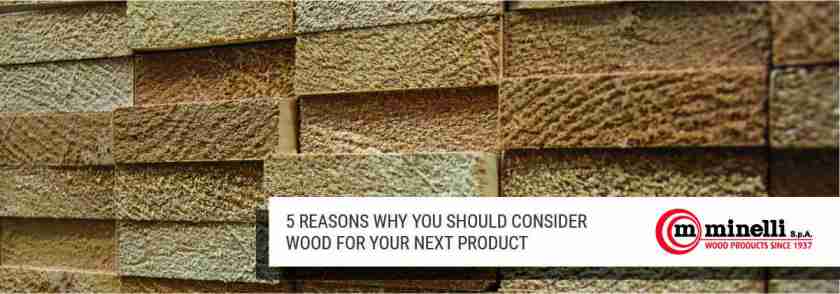 Everyone knows that wood is an organic material with a fibrous texture produced from trees and that photosynthesis is a crucial process through which oxygen is produced and released into the air.
Everyone knows that wood is an organic material with a fibrous texture produced from trees and that photosynthesis is a crucial process through which oxygen is produced and released into the air.
However, not everyone is aware of the many other peculiarities of wood that go beyond sustainability.
Read this article to discover something interesting about wood and wood manufacturing that you didn’t know!
Are you sure you know everything about wood?
Wood has many advantages with respect to other materials: it is resistant, solid, lightweight, flexible, eco-friendly, elegant, prestigious, and aesthetically beautiful. We have talked about these qualities in many previous articles.
However, there are other properties and a uniqueness of this special material that you probably have never considered before.
Let’s discuss them. You can click the link to read the corresponding paragraph:
- wood outperforms concrete
- high-tech woods
- wood is a complex material
- trees do not come from soil
- harvesting wood is beneficial
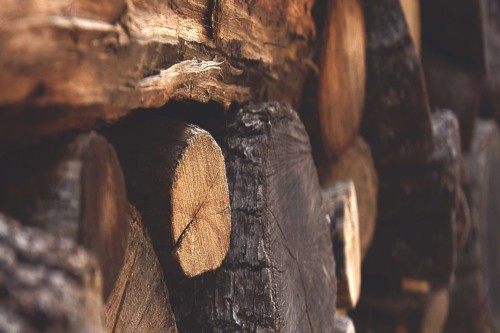
Wood outperforms concrete when it comes to breaking length
Wood is a lightweight material when compared with steel or concrete, but maybe not everyone knows that it has significant tensile strength too. When it comes to breaking length (also known as self-support length), some types of wood even outdo concrete.
Breaking length is the maximum length of a vertical column of material (assuming a fixed cross-section) that could suspend its own weight if it is anchored only at the top.
As you can see in the picture below, the breaking length of concrete is 0.44 kilometres. It means that a 440-metre-long column of concrete hung from the top would support its own weight, but a 441-metre-long column would break.
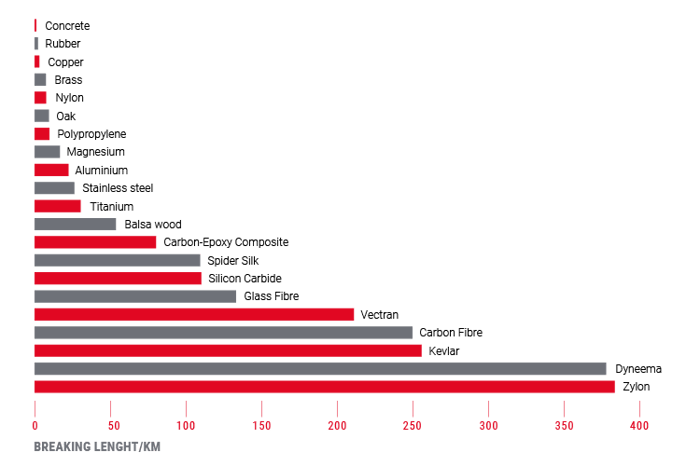 The chart shows that oak is 8.86 kilometres, and balsa wood is 52.2 kilometres, which is more than many other materials.
The chart shows that oak is 8.86 kilometres, and balsa wood is 52.2 kilometres, which is more than many other materials.
This is due to lignin, which functions as a binding and encrusting material in the cell wall of tree cells, providing structure to the plant by making them rigid.
Lignin, cellulose, and hemicelluloses are polymers that are bonded together in wood and make this material resistant and strong.
 Modified woods: technologically advanced and 100% sustainable
Modified woods: technologically advanced and 100% sustainable
Have you ever heard of modified woods?
They are wood products that have been modified through treatment with a chemical, biological, or physical agent to enhance their durability and performance.
There are two main treatments:
- with furfuryl alcohol, a bio-based liquid that permanently modifies the cell walls of the timber
- through a process of acetylation, that creates a highly durable, versatile, and stable timber
These patented processes are environmentally friendly and enhance the properties of sustainable softwood.
Modified woods are sustainably sourced with FSC® certification and have minimal environmental impact throughout their entire life. They provide an alternative to threatened and endangered tropical hardwoods and traditional impregnated wood.
Wood was not used as a construction material for long, as it is difficult to manage
Wood has many advantages: it has a low density and is strong, durable, elegant, prestigious, and eco-friendly by nature.
However, it is a heterogenous and anisotropic material, so it reacts differently to stress applied in different directions.
In a piece of wood, when lines go in one direction, it is referred to as with the grain. A log is stronger with the grain than against the grain.
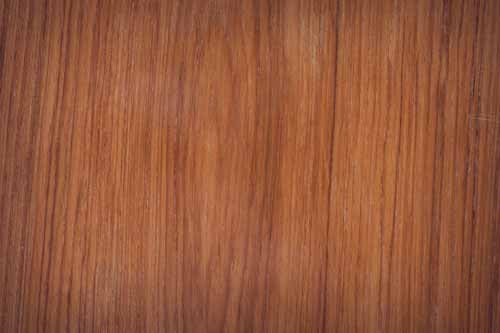 It means that the mechanical properties of wood depend on the orientation of the log during the wood manufacturing process.
It means that the mechanical properties of wood depend on the orientation of the log during the wood manufacturing process.
Therefore, if managed incorrectly, the log can break or become unusable.
Moreover, being a natural material, wood moves constantly, and you must respect strict tolerances to create precise and perfect products.
Only highly experienced manufacturers can treat wood properly. A supplier specializing in the timber sector will know the precise characteristics of wood and be able to manage it without causing damage.
That is why finding an expert producer is very important.
Trees do not come from soil and do not take their mass from it
Where do trees come from?
 It seems a simple question, but many people would probably give the wrong answer.
It seems a simple question, but many people would probably give the wrong answer.
The instinctive answer would be that trees get their mass from the soil or water or maybe from the sun in some mysterious way.
Actually, trees take their mass from the air!
They use carbon dioxide from the air and molecules of water to create organic sugar, producing oxygen through photosynthesis.
The oxygen released by trees and other plants becomes part of the air we breathe, while the glucose is carried to other parts of the plant as nourishment.
This essential process is what will make 95% of the mass in a tree. And that’s why when wood burns there’s only 0,3%–0,6% of ash on the ground. All the rest is air.
People are very surprised to learn this, as Derek Miller shows in the video below:
Harvesting wood is beneficial for our ecosystem
Most people believe that logging is always bad and that cutting trees and sustainability cannot coexist.
However, when forests are properly managed, there are many benefits for both humans and the environment.
As we discussed in this article, sustainable logging has a positive effect on our planet in terms of biodiversity, regeneration, and forest health.
Applying sustainable forest management practices lets you find the right balance between the needs of both the environment and communities as well as conservation of the natural ecosystem.
It has nothing to do with deforestation, which is motivated by economic interests without considering the consequences for our planet (as it occurs in Rondônia and Mato Grosso in Brazil).
In a responsibly managed forest, for every tree harvested, another one replaces it.
In this video made by the National Geographic Society, you can learn more about sustainable logging:
Since 1937, Minelli S.p.A. has designed, developed, and manufactured premium custom-made wooden components and products for many different brands and markets, and the quality of its objects is recognized all over the world.
We are one of the first companies to be certified by the Forest Stewardship Council (FSC International), which guarantees that the raw material comes from responsibly managed forests and provides environmental, social, and economic benefits to local communities.
We pay close attention to sustainability and how we manage and reuse our resources, using shavings and scraps to fuel our heating systems, heat drying chambers, and create smaller objects, following a circular economy model.
We can also guarantee maximum precision and quality for our products thanks to the newest 3D metrology technology we have implemented, which enables our engineers to quickly generate 3D blueprints of physical objects with a high level of accuracy.
This technology makes the process of quality control faster and more reliable and lets us create even more precise and cost-effective wooden objects.
If you need more information or have a project in mind, do not hesitate to contact us right now!
